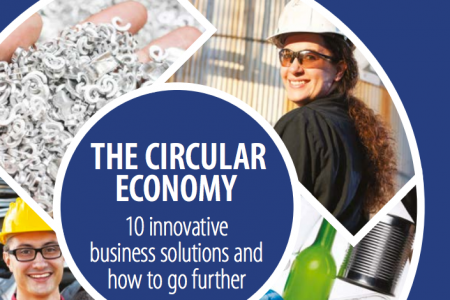You are here
Circular Economy: One year later, hurdles remain
2 December 2016 marks one year since the EU launched a very ambitious plan – The Circular Economy Package. In response, AmCham EU published The Circular Economy – 10 innovative business solutions and how to go further.

One year after the adoption of the package, this publication is more relevant than ever. The 10 case studies cover a broad spectrum - from plastics to aircraft engines, from fuels to tires. In each example the rationale is similar: by sourcing materials responsibly and seeking greater resource efficiency throughout a product’s life cycle, business can not only protect the environment but also create value for both business and customers while generating jobs. Each case is paired with ideas on how to go further, offering practical tips to policymakers on actual changes that will further the transition to the circular economy.
Looking toward 2017, hurdles remain. Waste policy legislation is a hot topic as both the Parliament and Council are discussing the revision of four key pieces of legislation – consistent implementation will be essential to fully harvest the benefits of the Single Market.
However, the waste legislation is not the only framework where obstacles should be addressed. The Commission announced in its work programme that 2017 will also be the year of delivery for several items of its circular economy action plan, particularly regarding plastics and the interface between waste, chemicals and products legislation.
AmCham EU continues to advocate for sector and product-specific legislation to be applied for a swift transition to the circular economy. These case studies not only convey the industry’s commitment but also enable an open dialogue with business on the policies needed for a prosperous and competitive Europe.
Business and government must continue to work together to develop policies encouraging sustainability.
